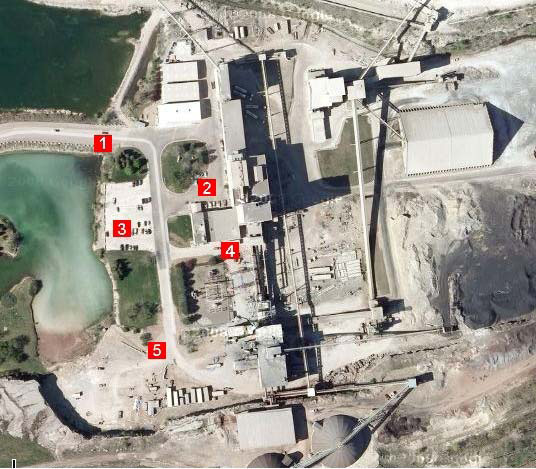|
The number of industrial chemical spills in North America is continuing unabated. The US National Response Center and Environment Canada report that on average there are more than 40,000 reported spill events annually in North America. In Canada alone there were 175,000 tons of chemicals released into the Canadian water system in 2007 (as reported by National Pollutant Release Inventory (NPRI)). Despite Industry having a best practice for managing incidents, accidents will happen and managers must undertake due diligence to evaluate every possible contingency. Whether spill containment planning requires redundant systems or external containment systems, response time is elemental to minimizing the risk and its long-term effects. Many facilities entrust their spill containment procedures to offsite third party contractors. A time gap exists between the reported incident and the arrival of the offsite contractor. On site manually deployed solutions are most commonly used and often do not have enough capacity and are not effective. There are several reasons why companies should invest in spill containment technology:
No matter where you stand with regard to the environment, any one of the reasons above mentioned will impact you or your company in many ways. |
 Photo of St. Mary's cement used in the containment control software. Each number correlates |
|
To date, there are two methods used to contain chemical spills: manually deployed solutions and permanent immobile solutions such as dikes, oil water separators and containment tanks. The most commonly used solutions are the "magic" spill kit but the spill kits certainly carries no magic. It takes long to deploy, they are limited to treat only small quantities, and they expose employees to hazardous chemicals. What would you use in a case of 10,000 liters spill? Permanent immobile systems may offer a better solution than the manually deployed systems but require a large investment in infrastructure. Moreover, although each may provide adequate environmental protection in some circumstances, all have glaring weaknesses that limit their effectiveness. For example, dikes are a good way to contain chemical spills around drains, but there is a need to leave an opening to allow rainwater to drain. Therefore, when a spill occurs the opening has to be blocked with emergency mobile solutions described earlier. Other shortcomings of using a dike is the space required and the high cost and time to complete the project.
|
If one could design the perfect chemical spill containment system, what features would it have?
|
|
Case study: An example of a proactive company is St. Mary's cement in St. Mary's Ontario. Following a thorough analysis of their chemical spill practices they have recently installed a state of the art system. Their analysis led them to identify potential points of failure in their facility. The system that they have installed addressed that issue. The map taken from the software can be seen at Figure 1. The software enables plugging drains around the facility by pressing the numbers on the map. It is important to note that the system St. Mary's Cement chose is the one they found best suited to their needs. There are other systems available and companies have to choose the one best suited to their needs.
|
||